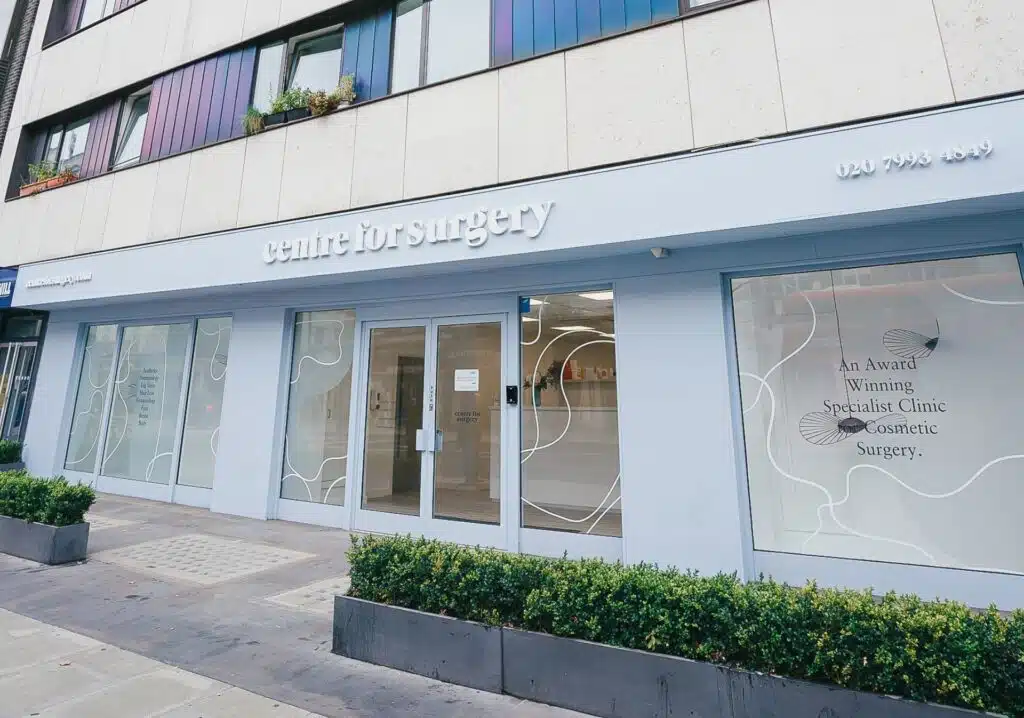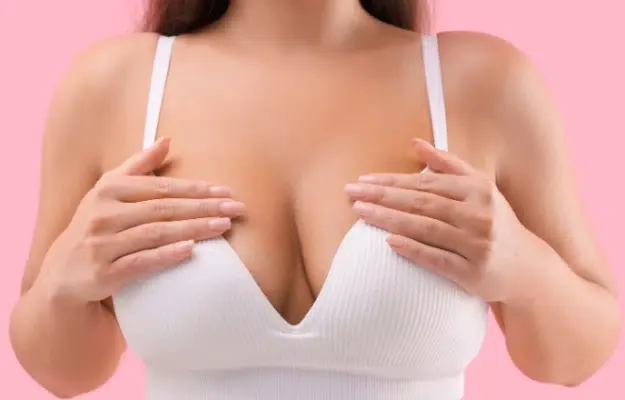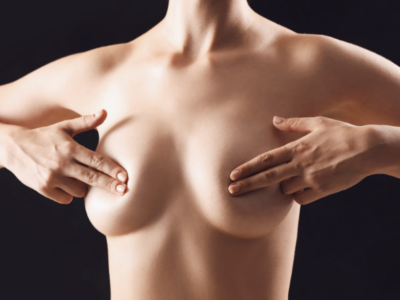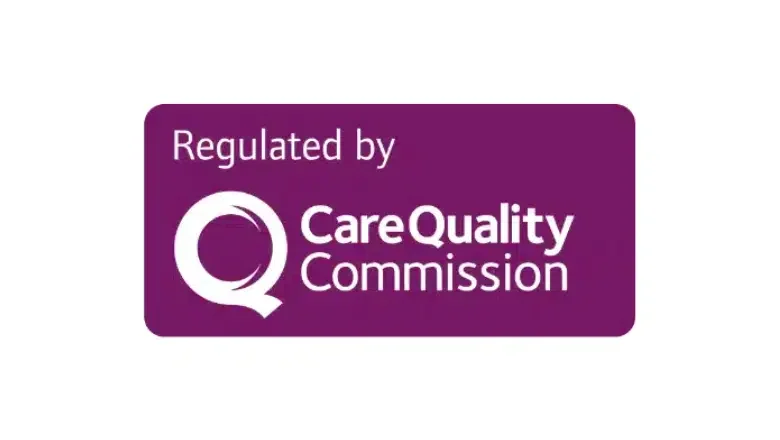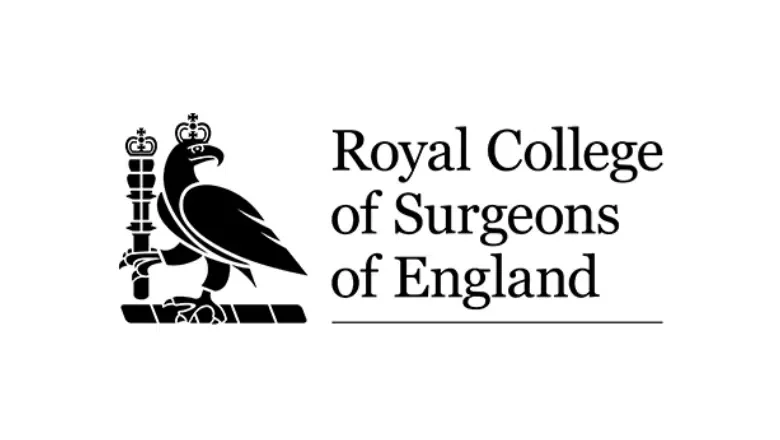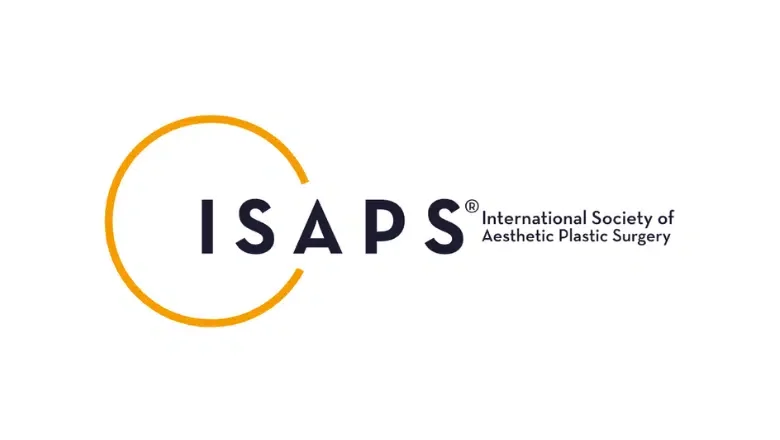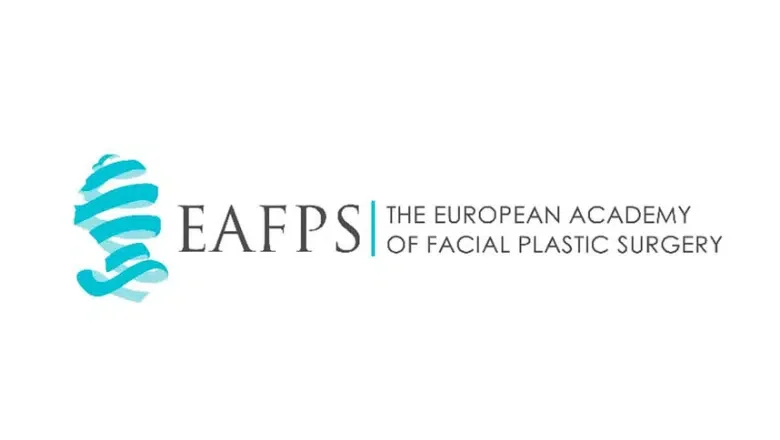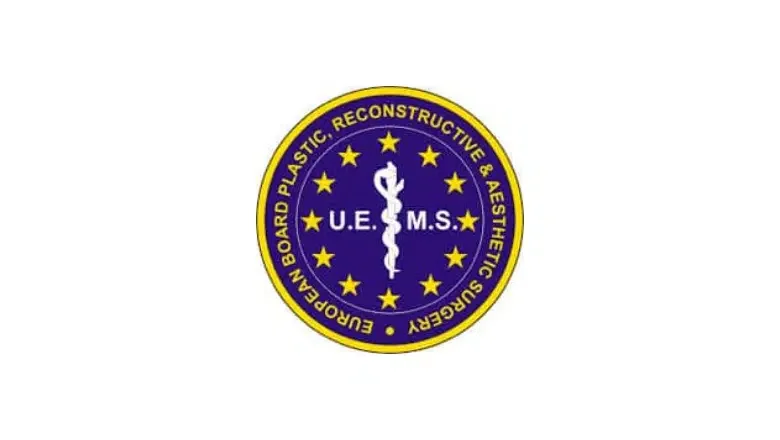Fancy making your breasts bigger without getting silicone implants? You’re not alone! Many women dream of boosting their bust size in a way that’s entirely natural, using their own body tissue. While breast implants have left lots of people very pleased with how they look and feel, there’s a growing interest in options that don’t involve foreign materials.
In recent times, the medical world has made some pretty impressive progress in using fat from your own body for breast enlargement. This method, known as fat grafting, has turned into a real choice for those keen on a more natural approach. However, it’s not all plain sailing; there are advantages and disadvantages that you’ll need to think about. Depending on what you’re hoping to get out of the procedure, fat grafting might not give you the exact results you’re looking for.
So, should you be intrigued by this alternative to traditional breast implants, let’s delve into the good and bad points to help you decide if it’s the right fit for you.
Understanding How Fat Transfer to Breasts Works
If you’ve heard about the Brazilian Butt Lift, you’ll already have a rough idea of what fat grafting involves. Basically, it’s a two-in-one deal: your surgeon takes fat from a place where you don’t want it and puts it where you do.
First up is liposuction. Your surgeon sucks out fat from places you’d rather not have it, like your belly, love handles, or thighs—or even a mix of these areas. This extracted fat isn’t just plopped into your breasts straight away; it goes through a special cleaning and preparation process first.
Now comes the intricate part, a blend of skill and science. Your surgeon carefully injects this prepared fat into your breast tissue. They’ve got to get it just right, placing the fat so that as many cells as possible stay alive and well, while also achieving a natural and attractive shape. This isn’t like popping in an implant; it’s a bit subtler than that, and there’s usually less scarring involved.
So, what’s the end game? Well, you get a sort of double benefit. Firstly, you lose the extra fat in areas like your tummy and thighs, giving you a more streamlined shape. At the same time, your breasts get a natural boost in both size and contour. It’s like reshaping your body to put the volume exactly where you want it.
Pros and Cons of Using Fat Transfer for Breast Enlargement
Before diving into this, think about the end result you’re aiming for with your breast augmentation. Hold that mental image as you go through these pros and cons.
Pros
Reduced Risk of Complications
Because you’re using your own fat, your body is less likely to react negatively to it. This means you’re less prone to issues like capsular contracture, a complication sometimes associated with implants where scar tissue forms around the implant, making the breast feel hard.
Minimal Scarring
The incisions made during the procedure are very small—typically less than 4mm. This means you’re likely to have very subtle scarring that’s easier to conceal.
Bonus Body Contouring
This procedure isn’t just about your breasts; it’s also an opportunity to reshape other areas of your body. When fat is harvested from your abdomen, thighs, or love handles, these areas get a bit of sculpting as well, offering a more streamlined silhouette.
Quicker Initial Recovery
Many people find that the recovery period after fat transfer is faster and less painful than recovery from traditional breast implant surgery. However, it’s worth noting that you may experience some swelling and bruising, especially in the areas where liposuction was performed, in the weeks following the procedure.
A Natural Alternative
If you’re someone who’s strongly against the idea of using synthetic implants, then this is an excellent alternative for you. Often called “natural breast augmentation,” this method gives you the fuller look you desire without the use of foreign materials.
Cons
Limited Size Increase
One key drawback is that there’s a cap on how much larger your breasts can get, generally up to one full cup size. Moreover, you need to have enough extra fat elsewhere in your body for the liposuction step. If you’re looking for a more dramatic size increase or you’re naturally slim, this might not be the best method for you.
Higher Costs
Fat transfer breast augmentation tends to be more expensive than traditional breast implant surgery. This is because the procedure includes not just the breast enhancement, but also liposuction and the complex preparation of the fat before it’s injected back into your body.
Unpredictable Fat Survival
Although the technique has improved, the survival rate of transferred fat cells can be variable. Typically, around 50-70% of the fat cells can be expected to thrive, but there’s no guarantee.
Potential for Asymmetry
Due to the unpredictable nature of fat survival, there’s a chance you could end up with slightly uneven breasts. However, because the overall increase in size is relatively modest, any asymmetry is generally not very noticeable.
Doesn’t Address Sagging
If you have additional concerns like sagging breasts, fat transfer alone won’t solve this issue. However, it’s possible to combine a breast lift with the fat transfer procedure, just like you can with traditional breast augmentation, to tackle this problem.
So, weigh these pros and cons carefully as you consider whether fat transfer breast augmentation is the right choice for you.
RELATED: Fat Transfer Breast Augmentation FAQs – Q&A about Fat Transfer to Breast
The Takeaway
If you’re keen on a subtle boost in your breast size, don’t want noticeable scars, and would appreciate a little extra sculpting in other areas of your body, then fat transfer breast augmentation could be a fantastic fit for you. However, if you’re aiming for a more significant enlargement that still appears natural, implants are likely the better option.
For those who want the best of both worlds—meaning ample size and that coveted, natural-looking cleavage—combining fat transfer with implants can offer exceptional results. This approach is particularly beneficial if you’re naturally slim and have less fat in your breast tissue to start with.
So, take your time to weigh your options and consider what you really want out of this experience. Each approach has its own set of benefits and drawbacks, and it’s crucial to align your expectations with what the procedures can realistically offer.
Why Choose Centre for Surgery for Your Fat Transfer Breast Augmentation?
When it comes to a procedure as significant and personal as breast augmentation, it’s crucial to choose a clinic that combines expert surgical skills with compassionate care. Centre for Surgery stands out as a specialist in the field of plastic surgery, offering the latest techniques in fat transfer breast augmentation.
Expertise You Can Trust
Our experienced surgeons are highly skilled in the art and science of body contouring and fat transfer procedures. From your initial consultation to your post-operative care, our team is dedicated to providing a personalised experience that addresses your specific needs and aesthetic goals.
Cutting-Edge Technology
We utilise the latest in medical technology and techniques to ensure optimal results and patient safety. This includes advanced fat grafting methods that enhance fat cell survival and promote natural-looking outcomes.
All-Inclusive Care
We believe in a comprehensive approach that extends beyond the operating room. Our Baker Street clinic provides a comfortable and secure setting backed by a team of dedicated staff members committed to your wellbeing.
Patient Testimonials
- “I was initially hesitant about getting a fat transfer, but Centre for Surgery made me feel at ease from day one. The result is incredible, I couldn’t be happier!” – Sarah, London
- “The team was professional, and the service was excellent. The finance options were straightforward, and the aftercare was second to none.” – Karen, Manchester
- “I wanted a natural-looking breast augmentation, and Centre for Surgery delivered. I’m delighted with my new shape and feel more confident than ever!” – Emily, Birmingham
How to Book Your Consultation
To schedule a consultation, you can:
- 📞 Call us at 0207 993 4849
- 📧 Email us at contact@centreforsurgery.com
- 📍 Visit our Baker Street clinic, located at 95-97 Baker Street, London W1U 6RN
- Contact Us
More Information
- Learn more about us on our About Us page
- Explore Finance Options, including 0% APR with Chrysalis Finance
- Check out our Plastic Surgery Blog for more insights
- For commonly asked questions, refer to our Clinic FAQs
Centre for Surgery at Baker Street offers an unparalleled experience in cosmetic enhancement. Come and see for yourself why we are one of the leading choices in the UK for fat transfer breast augmentation.

